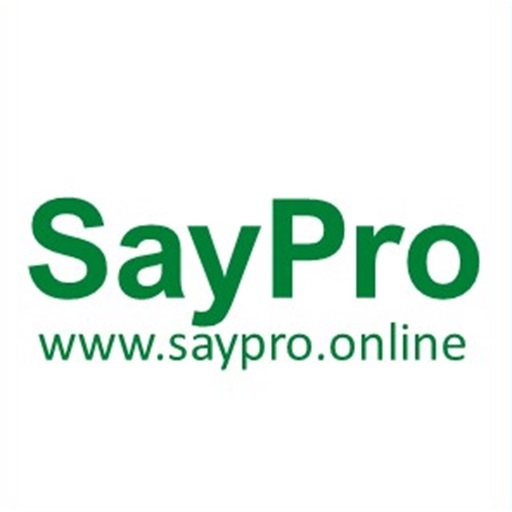Your cart is currently empty!
**SayPro Communication Barriers 3
In today’s interconnected world, effective communication is key to success in both personal and professional spheres. However, communication barriers can hinder the flow of information and lead to misunderstandings, inefficiencies, and even conflicts. Recognizing and overcoming these barriers is essential for fostering clear and productive communication.
One prominent barrier is language and cultural differences. In a globalized society, individuals from diverse linguistic and cultural backgrounds interact regularly. Misinterpretations, miscommunication, and cultural insensitivities can arise if communicators are not attuned to these differences. Addressing this barrier involves not only improving language skills but also developing cultural awareness and sensitivity.
Technological barriers also play a role in communication breakdowns. While technology has facilitated communication, it can also create hurdles. Technical glitches, poor connectivity, or reliance on electronic communication over face-to-face interactions can lead to misunderstandings. Balancing the convenience of technology with the need for effective interpersonal communication is crucial.
Furthermore, perceptual barriers, such as preconceived notions and biases, can distort the intended message. Personal filters influenced by emotions, experiences, and beliefs can impact how information is received and interpreted. Open-mindedness, active listening, and empathy are essential tools to overcome these barriers and ensure that messages are accurately understood.
In conclusion, understanding and addressing communication barriers are vital for successful interactions. By recognizing and working to overcome challenges related to language, culture, technology, and perception, individuals and organizations can foster clearer, more effective communication that enhances relationships and drives positive outcomes.

Leave a Reply
You must be logged in to post a comment.